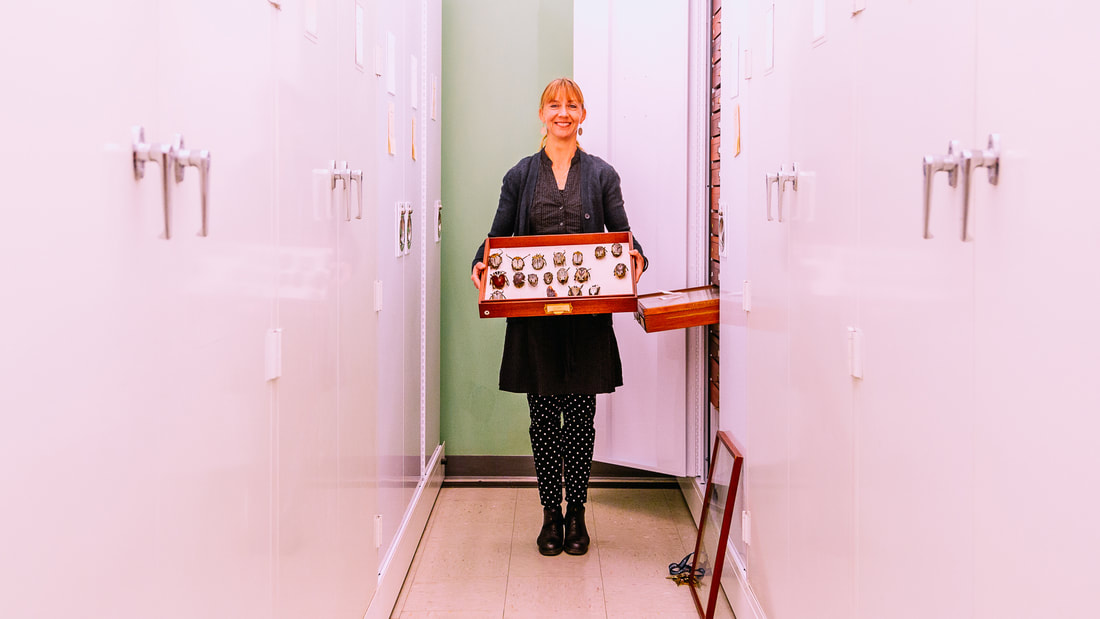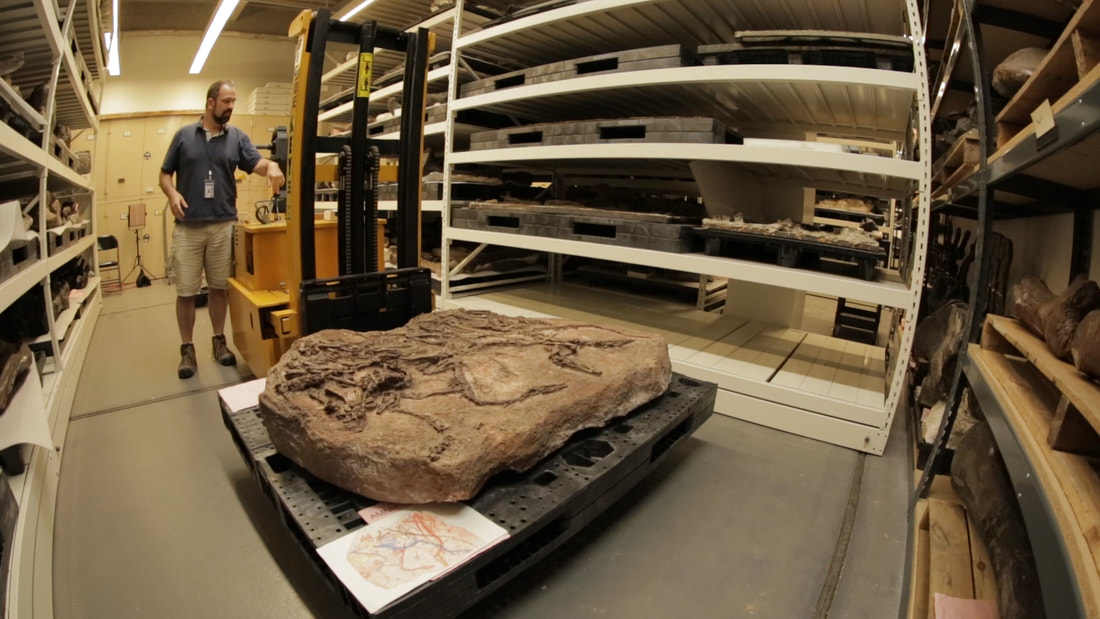|
We reached out to our festival filmmakers to ask them questions about the experience of making their films.
How do you approach storytelling?
Creator and Producer Erin Champman: Unlike many of our adventurous colleagues at Jackson Hole, the Shelf Life team rarely leaves the four square blocks of Upper West Side Manhattan that make up the American Museum of Natural History. When producing episodes, we look for the exciting stories and personalities in our own backyard—stories based here, but far-reaching in their scope. This process involves lots of one-on-one conversations, plenty of reading, and hours of detective work inside the Museum’s archives and scientific collections. Conversations with researchers often lead to big picture ideas we then explore through the lens of a particular narrative. For example, in the tale of our giant squid’s journey to New York, we interwove the concept of how scientific taxonomy changes over time. To support these themes and stories, we find charismatic ambassadors amongst our staff and researchers, and look for ways to share their stories with creativity and a bit of fun. We aim to combine rigorous scientific filmmaking with imagination and humor.
What impact do you hope this series will have?
EC: In the course of filming, our Ichthyology Curator Melanie Stiassny told me, “Look, even if I had all the money in the world, even if I could travel to every corner of the globe, I could never reproduce what we’ve got here [in the collections] because the world has changed.” That’s a powerful statement. The collections at the American Museum of Natural History (and other museums around the world) are simply irreplaceable. They’re a time capsule of life, teaching us about its history and our future. One of the most important missions at the Museum is active scientific research, and one of its greatest scientific resources is its world-class scientific collection of more than 34 million specimens and artifacts. We want to upend the perception of museums as simply storehouses for big bones gathering dust. Instead, we want our audience to see natural history collections as dynamic places of discovery where new species are revealed, surprising relationships come to light, and researchers learn new questions to ask. I also hope to convey a message of inclusive science. We try to mirror who we want our audience to be by highlighting diverse voices from around the Museum. Ideally, some of those voices would inspire viewers to maintain a lifelong interest in science, or even to become a scientist themselves.
Describe some of the challenges faced while making this film.
EC: For our Shelf Life episodes, we can’t simply film specimens in a cabinet. Each episode forces us to come up with a new way to tell the story of a museum collection. For some projects, this involves spending hours in the Museum’s archives—deciphering 19th-century handwriting scribbled in the rainforest, or scanning thousands of expedition photographs to find just the perfect shot. For others, we’ve had to creatively visualize unseen phenomena or unknown organisms—how do you show the application of gene sequencing techniques to historical linguistics or evoke an organism known from a single tooth—all while maintaining scientific rigor. Those kind of challenges stretch our imaginations and are some of the many reasons we love producing this series. Were there any surprising or meaningful experiences you want to share? EC: We’ve been pleasantly surprised to hear that Shelf Life has actually inspired some scientific inquiry and collaboration. It’s exciting to have the general public watch our series, but there’s an extra thrill knowing that researchers also have an eye on the videos. In one instance, a cell biologist saw our video on salamander-algae symbiosis and contacted our curator with information about what may be a related type of relationship in other organisms.
What next?
EC: We’ve entered our second season of Shelf Life and have been excited about our new slate. Our first set of 12 episodes was a kind of Museum Collections 101, exploring fundamental ideas about organization, preservation, technology, and the importance of historical specimens to current research. In our second season, we’ve been expanding on those ideas, and linking each episode to a particular expedition from the American Museum of Natural History. These expeditions—from 1920s paleontological digs in the Gobi Desert to 21st-century collaborative research in Cuba—take our viewers along on a specimen’s journey from field to lab, and the science that happens along the way. As a part of this new slate, we’ve begun producing 360 videos (one of which is a finalist in the VR category) that aim to embed our audience inside historic expeditions. It’s a whole new way of bringing archival materials to life, and we’re looking forward to continued innovation in the 360 medium.
1 Comment
|
Archives
March 2024
Categories
All
|
Contact UsJackson Wild
240 S. Glenwood, Suite 102 PO Box 3940 Jackson, WY 83001 307-200-3286 info@jacksonwild.org |




 RSS Feed
RSS Feed